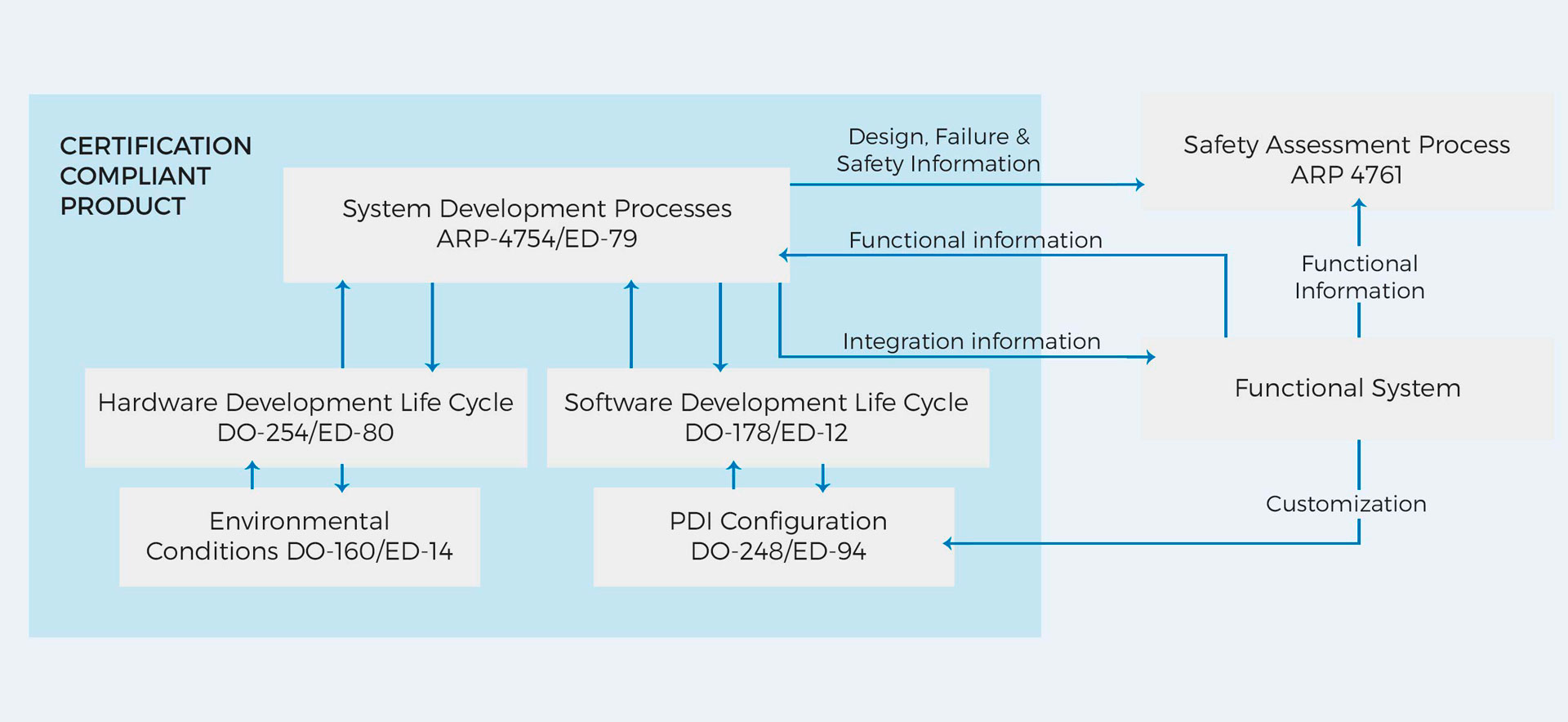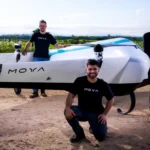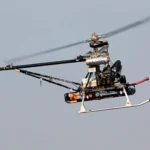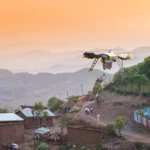As previously discussed in our post describing the standards for UAV certification, international regulations are aimed at subjecting drones &eVTOL to airworthiness processes equivalent to Type Certificates or international standards TSOs (Technical Standard Orders) / ETSOs commonly used in manned aviation.
There are many standards and regulations applicable at different design and production levels from different standardization entities (e.g. SC-VTOL-01 / EASA, STANAG 4703, 4671, 4586 / NATO, EN/AS 9100 / ISO 9001, etc.) As far as autopilot development is concerned, the most widespread international regulations and standards come from SAE at system level, such as SAE ARP4754A (system development) and SAE ARP4761 (for safety assessment), and RTCA Inc. for critical item (i.e. software, hardware) development, such as DO-178C, DO-160G, and DO-254, and the counterparts from EUROCAE ED-12, ED-14G, and ED-80 respectively.
Until no specific TSO becomes available for UAV autopilot certification, a UAV certification process will trace system requirements, design and verification to autopilot requirements, design and tests. This is why DO-178C and DO-254 become so important in autopilot development.
I want to certify my UAV or eVTOL, where do I start?
Once the complexity of an aircraft and operation are known, the arduous task of designing an entire system that complies with the applicable regulations for the desired level of UAV certification, known as DAL (Development Assurance Level), becomes manifest. Each stage of development must meet specific guidelines, as well as verify and record all results properly.
In this scenario, it is a great advantage to be able to have all critical subsystems, such as the autopilot, that already comply with the DAL objectives, safety requirements and other requirements that may derive from the applicable regulation or agreed certification basis. In some cases, these subsystems can be directly integrated by tracing from the upper system levels to their equipment system requirements and the corresponding development artifacts that may be included in a datapack. In other cases, some additional work may have to be carried out due to different circumstances (e.g. insufficient DAL, missing traces, etc.). One of the critical subsystems in UAV or eVTOL is its flight control unit. It is a great protagonist in safety assessments, being in the spotlight during a UAM or UAV certification process.
Having a certification compliant autopilot is therefore a pretty big step forward in the UAV certification process of a complete autonomous aircraft. Still, we must keep in mind that the integration of a compliant autopilot in the aircraft does not result in the automatic certification of the subsystem, and not only the aircraft system itself (i.e. RPAS, UAV, UAM) must be taken into account, also aspects from the operation (e.g. mission profiles, geofencing, etc.) shall be considered.
The autopilot must align with the system requirements and will, therefore, undergo configuration for the aircraft in the certification process. This configuration must go through a certification process in most cases. So, is it convenient to purchase a DO compliant autopilot?

Advantages of having a DO compliant autopilot for UAV certification
It is unquestionably convenient. The development of a critical subsystem that complies with all regulations involves a huge investment in terms of time and personal and material resources for development. Acquiring an autopilot that previously complies with the certification standards ensures that all development plans, designs, processes, and other records such as configuration management, change control &records, etc. and requirement management and verification are in line with regulations. All these documents and expertise permit to save years in the certification process, in addition to saving all time and resources for developing new hardware and software.
Therefore, you will only have to ensure that the autopilot PDIFs (Parameter Data Item Files) needed for the integration comply with the UAV certification requirements, which is just a small work (e.g. upper system level tests) if based on a robust platform ready for certification. This means that most of the documentation will be ready to use and only the tracing work from the upper system levels needs to be done. Moreover, this work is just a particular configuration case and in most cases will be straightforward and potentially automatically-generated documentation.
In addition, it will only be necessary to certify the functionalities involved in the system, all other functionalities of the autopilot that are not used or are not critical may be excluded from the certification by well-known methods so that this complies with the regulations. The configuration of the autopilot to adapt to the system is part of the integration of the autopilot and will be defined and verified in the joint certification process by the aircraft designer. Likewise, this process has a robust base and is well-founded and defined.
Verification, finally, is one of the key aspects to successfully complete a UAV certification process. A certification-ready autopilot will have all the development processes such as SW, HW, Configuration, and Quality, suitably verified. Compliance with the regulations implies ensuring the satisfactory result of all the plans and processes, so having an autopilot in accordance with the regulations implies having a critical subsystem whose development has been successfully verified.
We will help you
At Embention we have adapted all our development procedures to DO regulations. As a consequence, all our products are certification-friendly, that is, they are prepared to face a certification victoriously!
Specifically, our Veronte Autopilot has success cases in certification projects, having passed all aspects of the regulations from their plans to their verification, going through a vast job of development and quality controls.
In a common case, the customer comes to us and presents the functional needs of the project. Our integration team gets down to work and defines all the activities necessary to meet the system requirements. At the moment, in parallel, our certification team starts from the standard documentation for certification of our autopilot, which has been iteratively improved throughout different certification processes and customizes it for customer requirements. This work involves the traceability of applicable requirements, documentation of the configuration, and its verification, as well as the registration of the activities carried out for the integration of the autopilot in the UAV or eVTOL system. With this, the customer obtains, together with the Veronte Autopilot, a set of documentation perfectly suited to the system, which is a guarantee of compliance with all the necessary regulations.
These attributes together with the autopilot redundancy make our Veronte Autopilot 4X a perfect candidate to be the control unit of UAV or eVTOL with a view to certification. We are fully involved in each integration process of our Veronte Autopilots and we have the foundations for this certification process to be efficient, reliable, and, above all, successful.




